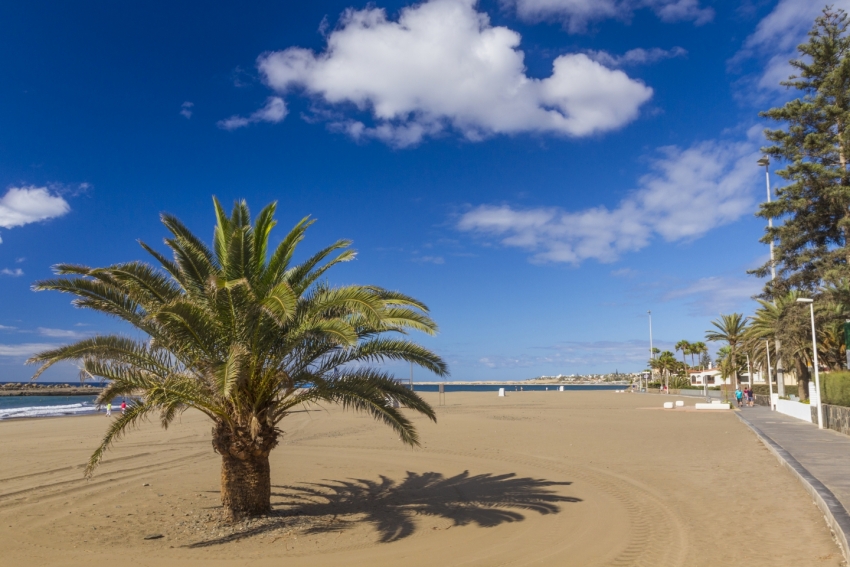Canary Islands Set For Growth In 2016
Ratings agency Moody's predicts growth of 2.8% in 2016; the third-fastest rate of growth amongst Spain's regions.
The Economy: Boom Bust and Sunshine
From prehistoric times Gran Canaria's economy has depended on turning the sunshine into things to sell to passing ships. As demand went up and down for what the island grew, it experienced booms and busts: It's why the cathedral in Las Palmas took hundreds of years to finish.
Even before the Spanish it's likely that the island's original inhabitats traded with passing roman and Phoenecian ships until these disappeared. The Canarii then went through a few lean centuries when they were the main export of the islands: Slavers from Europe and North Africa raided regularly.
Crops
At different times large areas of the island were planted with sugar cane, coffee, grape vines, and cactus for cochineal. The Caribbean proved better for sugar production (although rum is still made on the islands), disease put paid to the wine (mentioned by Shakespeare), and artificial dyes destroyed the cochineal trade. Bananas are still a faithful crop but have to compete with cheaper Caribbean imports.
The lean periods saw thousands of Canarians migrate to South America, and especially Cuba and Venezuela. The modern economy of Gran Canaria is based around tourism, and Las Palmas’ huge container port. The island grows bananas, tomatoes, cucumbers and aubergines for the European market and olive oil and coffee are comig back.
Canarian wines and cheese are earning good reputations abroad. Gran Canarian cheese, particularly goat and sheep cheese from Guia in the north, regularly wins international awards. Gran Canarian wine is a mixed bag: The whites are excellent but the reds still lag behind vintages from Tenerife and Lanzarote.
Tourism
Catering to tourists dwarfs all other economic activities in Gran Canaria: Over three million visit Gran Canaria every year. The huge majority stay in the tourist resorts along the south coast.
Tourism is now the islands largest industry and its biggest employer.
Gran Canaria Info recommends:
- Default
- Title
- Date
- Random














